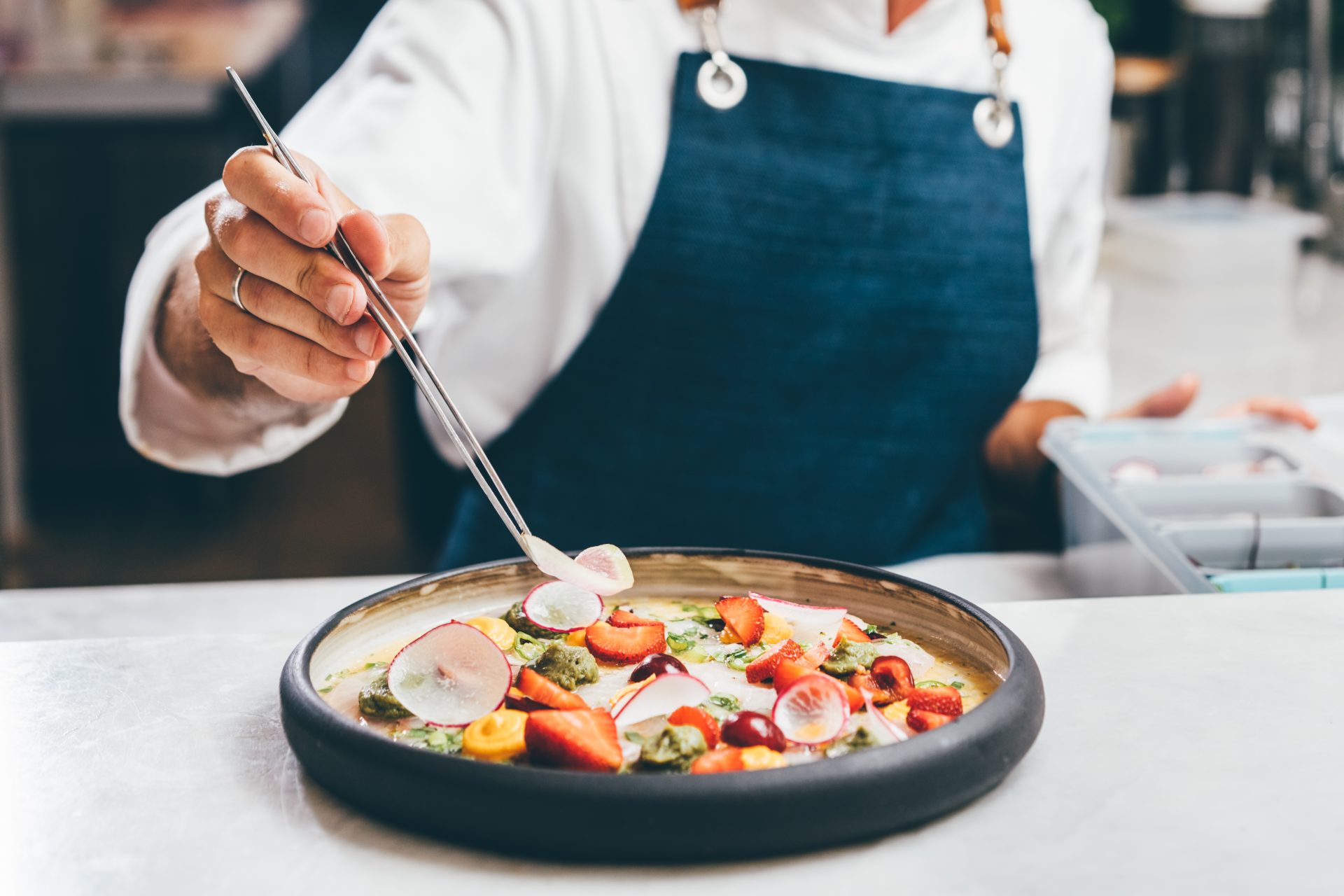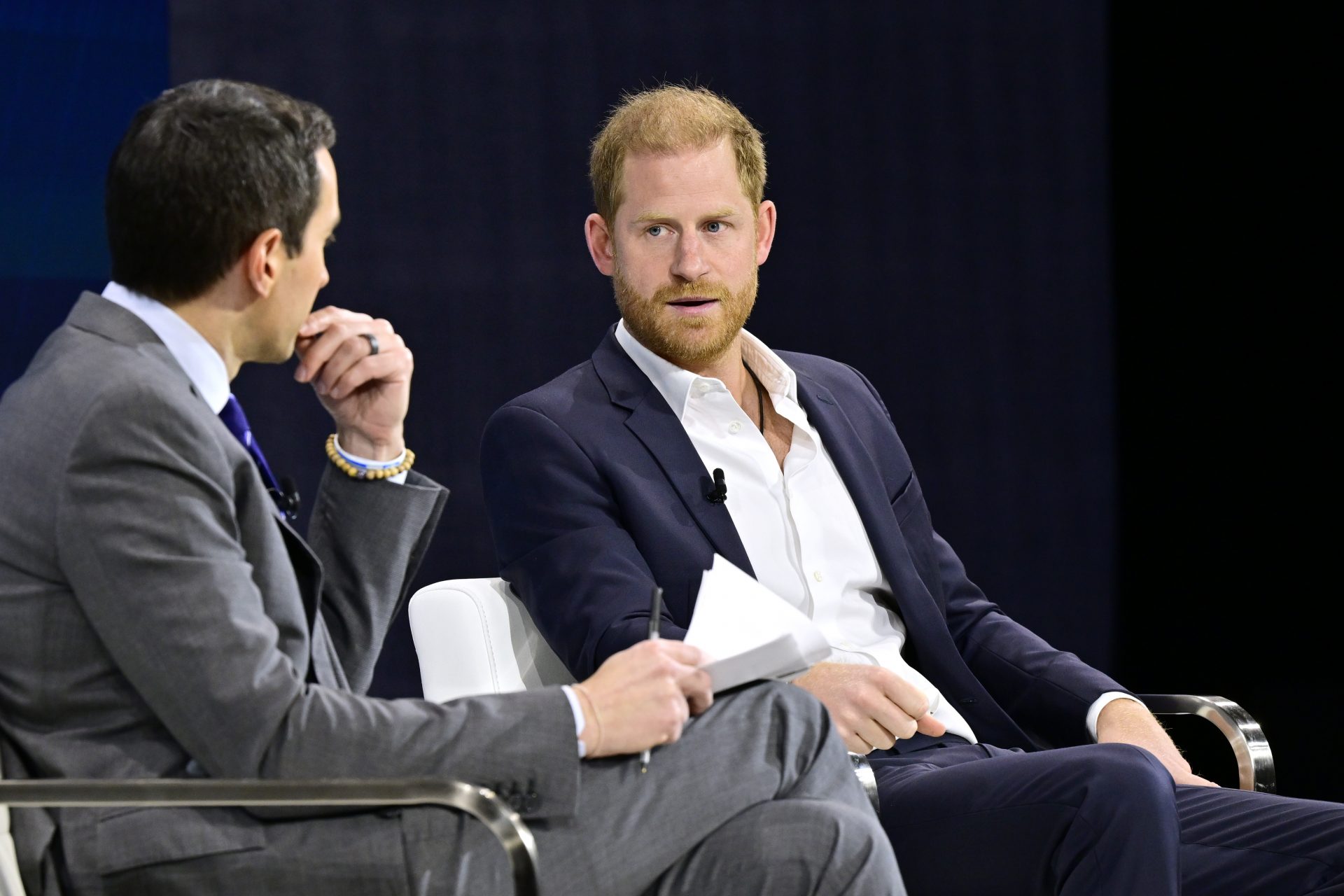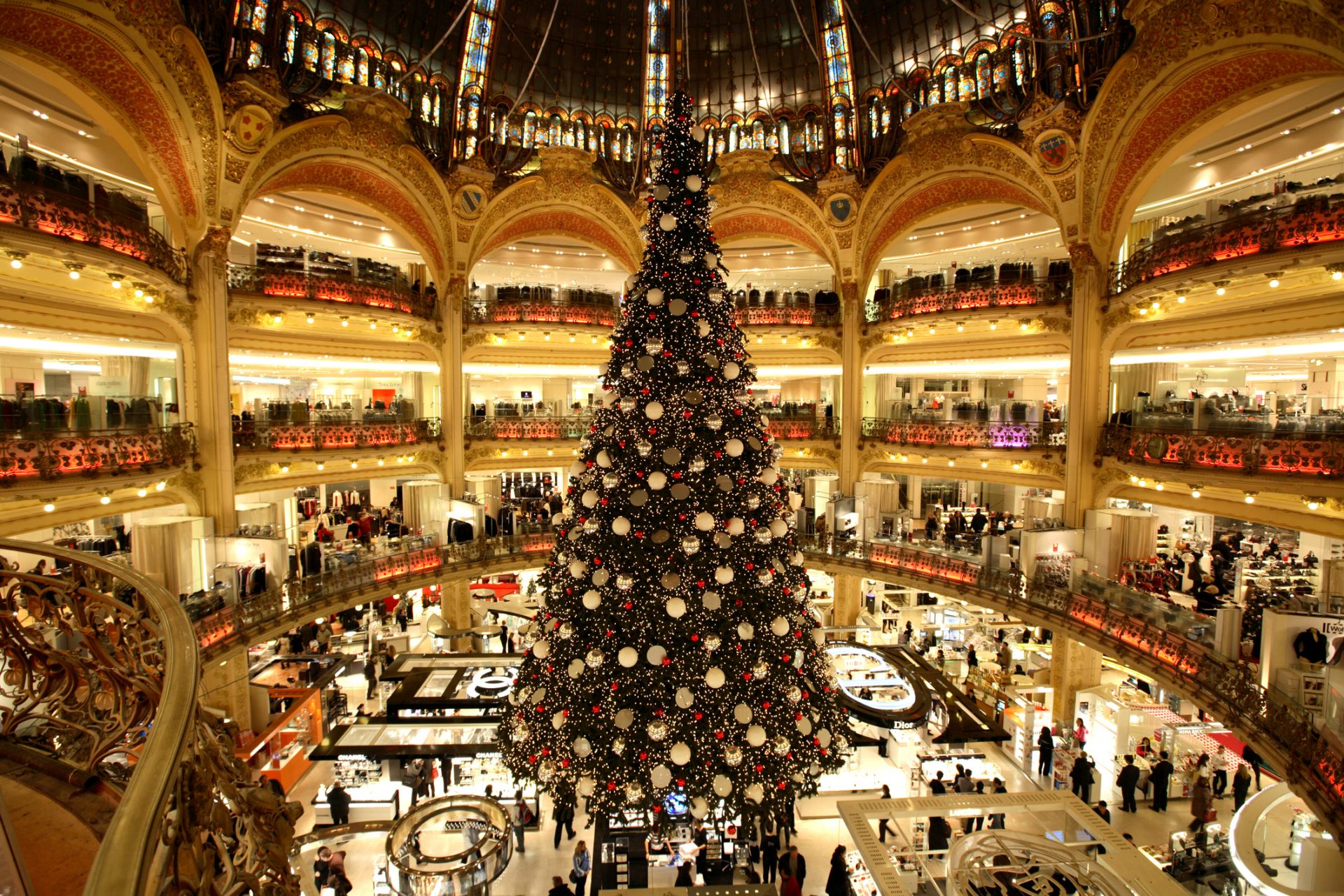How to recycle diapers, coffee capsules, light bulbs, and more!
Many companies that produce coffee capsules have created collection initiatives to make compost from the coffee residues and reuse the plastic cases for new packaging. But if you want to recycle them yourself, open and empty them before throwing them away. The leftover coffee goes to the organic (brown) or leftover (grey) container and the capsules to the plastic bin. You may also consider compostable coffee capsules made from seaweed, rice grains, or fruit husks.
Image: Kous9 Studio / Unsplash
The only bulbs that cannot be recycled are the traditional incandescents. All the others (halogen, low consumption, and LED) can be recycled, but it's best to let specialists do it. You can take the bulbs to your nearest recycling hub in the supermarket or the mall. It's forbidden to throw them in a green or glass container!
Image: Rodion Kutsaev / Unsplash
Disposable diapers cannot be recycled as they contain organic debris. The ideal would therefore be to choose alternatives whose fabric can be reused. This way we will avoid more plastic ending up in our soil and seas. If you choose disposable diapers anyway, you should throw them in the grey (regular waste) container.
Image: Rodnae Productions / Pexels
Tampons, compresses, and menstrual cups are in the same category as diapers. Even if you choose tampons that do not contain plastic, once used they should go in the regular, grey container. For pads and cups, the same goes. Of these three menstrual products, the cup is most ecologically responsible, but you could go even further and wear reusable cloth compresses.
Image: Natracare / Unsplash
Although the most common impulse is to throw it through the sink, cooking oil (olive, sunflower, avocado...) should be recycled. It can be re-used to make various materials. Wait for it to cool and store it in a closed glass container. Then bring it to the clean point. If the oil is industrial, cosmetic, or motor oil, follow the same procedure but never mix it with cooking oil.
Image: Eva Bronzini / Pexels
There are specific containers at supermarkets or shopping malls to carry used batteries for their proper treatment. Never throw them into another type of container because, apart from generating waste that cannot be separated, they release compounds that pollute nature very severely.
Image: John Cameron / Unsplash
Like other sanitary and hygiene products, such as condoms or wet wipes, cotton swabs can cause serious problems if thrown in the toilet. Their place is the grey container: the one for waste that cannot be recycled. With respect to cotton swabs, you can also replace them entirely and use other means to clean your ears, like hot wet cloths.
Image: Etactics Inc / Unsplash
Although their main material is plastic, toothbrushes are not containers and cannot go into the yellow container for empty, plastic packaging. They should go into the regular, grey container. Consider buying toothbrushes from other materials though: wood, coconut, or bamboo.
Image: Amirhosein Esmaeili / Unsplash
Unless they are made of thermal paper, like fax paper, the tickets and receipts go to the special paper bin. In many cases, this bin is blue. As far as thermal paper is concerned: its components react to the recycling process and can cause problems, so best throw them in the grey bin.
Image: Kristina Grabowska / Pexels
They may seem like plastic, but they are not. Do not throw them into the yellow container. Both the negatives and the slides should go to the recycling point at your local supermarket or mall. Before you get rid of them, though, think about possible alternatives, like donating them to a thrift store or making some kind of creative collage to decorate the house.
Image: Caleb Woods / Unsplash
This is a type of plastic that can be recycled, so they go into the yellow container. However, we recommend that you get a reusable 'take away' cup made of bamboo or silicone, and when you're ordering a drink, ask the barista to put it in there.
Image: Brian Yurasits / Unsplash
Chewing gum cannot be recycled. The only thing you can do is avoid throwing it on the ground because many small animals like birds and rodents can get stuck to them, and find a waste basket to throw it in.
Image: Taylor Rooney / Unsplash
Even if they are made of plastic, aluminum, or cardboard, empty medicine containers have to be taken to special collection points such as those normally found in pharmacies, hospitals, and health centers. These materials have been in contact with the chemical substances in the medication. Therefore, they can react in a dangerous way to the recycling process and even contaminate an entire container.
What to do with your old, maybe broken, mobile phone? Try an electronics store, perhaps they still have some use for it. Many even give you a discount on the purchase of a new mobile if you deliver the old one. Another option is a recycling point, just like the one where you'd bring your batteries.
Image: Ashkan Forouzani / Unsplash
Try to find out if and where the specific containers for textiles are in your town. If there are none, deposit the old fabrics and clothes in recycling points, so they may arrive at textile recyclers that way.
Local governments tend to have arrangements for household appliances. They either have special containers (for small electronics) or occasional collection services (such as lorries that pass through the different neighborhoods of the city on a certain day of the week). Never throw them in the rubbish or in a recycling container.
Image: Simon Hurry / Unsplash
Cork is a natural and sustainable product that comes from the bark of trees. It is organic, biodegradable, and compostable. Its place is in the brown or organic container, or, if you do not have one nearby, in the gray bin of the remaining waste. Always be careful, though, not to confuse a cork stopper with a synthetic plastic one.
You've probably heard that pizza boxes can't be recycled because they're stained. Fake news! If you make sure that there are no food leftovers inside (especially oil) and that they are made from 100% cardboard, you can easily throw them into the blue or paper container.
First a question: Are you sure you want to get rid of those old vinyl records? Think about it. And if, after a spin, the answer is still yes, take them to the nearest recycling point. Vinyl is a highly polluting material and must therefore be treated carefully. It should not end up in nature or be mixed with other materials such as plastic.
Image: Mirian Doroban / Unsplash
If you are not going to reuse them, the wooden or cork boxes used to carry fruit or vegetables should be thrown into the yellow container, together with the other packaging materials.
Image: Reproductive Health Supplies Coalition / Unsplash
Neither ceramics nor porcelain are recyclable. Don't make the mistake of throwing a broken plate into a glass or green container! Put them in a grey or leftover container.
Image: Chuttersnap / Unsplash
As with capsules, there are already coffee filters made with organic and biodegradable materials. These should go to the brown or organic container after their use. However, if you use paper filters, you should throw them with regular waste. Just like napkins or cotton discs, they are stained and not clean paper anymore.
Image: Ron Lach / Pexels
It is simple: Electronic parts that do not work, whether they are cables, plugs, circuits, or accessories, have to go to a recycling point to be managed properly. You can also try taking them to an electronics store where, perhaps, they can make some use of them.
Image: Sahand Babali / Unsplash
Toys: Donate them! There are many children who need them. If the toys are so damaged that you can't play with them, bring them to a recycling point. Even if they (in your perception) are made entirely of plastic. Because you can never know for sure, and moreover, they are not packaged.
Image: Huy Hung Trinh / Unsplash
If they are completely empty, you can and should throw aerosols in the yellow container. If, however, you think that there still may be some product inside, look for a pharmacy where they pick them up. This is quite common, just as it happens with medicine packaging.
Image: Cmophoto.net / Unsplash
Empty nail polish bottles can go in a green or glass container. Plastic bottles go into the yellow or packaging materials bin. Clean them well before throwing them in there. And, if there is still nail polish inside, bring them to a recycling point.
First off, there are metal chopsticks that you can wash and reuse. If you use disposable wooden sticks, though, they should go in the grey (waste) container. The wood is organic and biodegradable.
Image: Noahs Knight / Unsplash
Unfortunately, stickers cannot be recycled. So it's best to try to avoid them at all. And, if you have to throw them away, throw them in the grey (waste) container.
Image: Dan Gold / Unsplash
Empty them well and take them to the yellow container as long as they are made of plastic. Glass bottles can go in the green or glass containers after removing the plastic spray top. This can go in the yellow container, with the other plastic retainers.
Image: Brett Jordan / Unsplash
The rubber in old tires is a highly valued material that can be used to manufacture new products after proper treatment. Find out where they are picked up in your city and take them there. If you have a garden, you might want to use them as flowerpots for planting flowers and vegetables. Or you could make a swing!
Image: Nickolas Nikolic / Unsplash









































